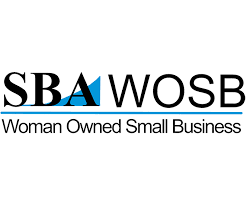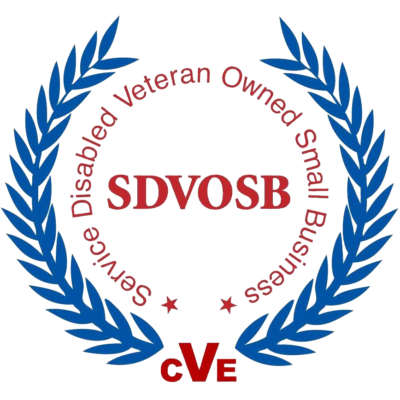As many companies in corporate America speak out in support of the “Black Lives Matter” movement, many CEOs say they stand in solidarity with racial equality but aren’t putting this into everyday practice.
One of the primary ways to take action is to ensure your workplace has fair and impartial hiring practices. Understand and identify unconscious bias during the hiring process. Unconscious biases are stereotypes or assumptions that everyone unconsciously makes about others. They are a part of our mental makeup, and most are not aware they have them. The following are a few examples of stereotypes associated with unconscious bias:
- Name A person’s name is associated with his or her cultural For example, when reading résumés, a hiring manager assumes a particular candidate is of a specific ethnic background because the person’s name meets a cultural stereotype.
- School The academic institution a person attends is associated with a certain quality level. For example, the candidate went to a historically black college or university so the recruiter dismisses the candidate’s knowledge even though the candidate holds a higher degree than the position requires.
- Voice The accent or dialect of a person’s speech depicts his or her cultural or regional identity. For example, a recruiter does not forward an experienced and well-qualified candidate’s résumé to a hiring manager because he perceives the candidate is “unintelligent” due to her Southern accent.
- Hair Cultural hairstyles are “unprofessional.” For example, an African American man with dreadlocks is not selected for a position because of his hairstyle even though he was professionally dressed in a suit and tie.
Although unconscious bias can’t be eliminated, there are ways to deal with it and lessen its impact on selecting the most qualified candidate. The following are 5 tips for mitigating unconscious bias:
- Ask your HR department to redact résumés. Blacken out the candidate’s name and school before review. When you only see a person’s qualifications, you’re able to evaluate all applicants equally.
- Use an external hiring agency. Outsource your hiring for initial recruiting work. Give the agency the qualifications for the position to hire based on need, experience, and background That way, your own unconscious biases will not influence the process.
- Make your HR team more diverse. Attention to diversity within your own hiring team will help ensure they represent multiple perspectives when assessing potential candidates.
- View the selection process as a type of jury deliberation. When selecting your final candidates, encourage your HR team members to verbally explain to each other why the specific candidate was chosen. For example, the HR team must explain to the hiring manager why they recommended a candidate who attended a nationally known ivy league school instead of a candidate who attended a small, state-run historically black college or university if all other qualifications are equal,
- Conduct a phone, rather than virtual, interview. Make sure the phone interview is a large part of the process to ensure the candidate meets all job qualifications before an in-person This ensures unconscious biases do not influence the hiring decision.







